Book Summary and Analysis |
Popular Psychology, Personal Growth and Self-Help
Summary and Analysis of
Marie Kondo’s
The Life-Changing Magic of Tidying Up
The Japanese Art of
Decluttering and Organizing
by I.K. Mullins
Copyright©2015 I.K. Mullins. All Rights Reserved. No part of this book may be reproduced or retransmitted in any form or by any means without the written permission of the author.
Should you have any questions, please contact us at permissions@insightfulreader.com
PART I. A SUMMARY OF THE KEY IDEAS AND FACTS IN KONDO’S THE LIFE-CHANGING MAGIC OF TIDYING UP
In order to switch between pages of Part I. A Summary of the Key Ideas and Facts in Kondo’s Life-Changing Magic of Tidying Up, please use tabs located beneath this message.
1. Reasons for Clutter
Marie Kondo’s KonMari Method is based on a one-time event that has to occur within a relatively short interval (it might take up to six months). The event begins with a thorough sorting of all items in the home, followed by discarding of the items that do not make their owner happy. The event is concluded by choosing a place in the home for every item to be stored. Kondo proposes that the event of tidying will astonish and please its participants so much that they will completely give up their old clutter habits.
Kondo emphasizes that the KonMari Method is not just a set of rules on how to sort, discard, organize and store things; the method is designed to help people develop the right mindset for creating order in their homes for the rest of their lives.
Kondo advises her readers to relinquish Feng Shui, flow planning and other methods of tidying and organizing. She proposes that people use the KonMari Method as a permanent solution to clutter and untidiness problems because it instructs people to keep only those items that bring joy in their lives. The ultimate goal of the KonMari Method is to increase happiness in people’s lives by surrounding them with only those things that they need and that bring them joy. This is why people are motivated to use this method.
When people surround themselves only with objects that bring them joy, they have no difficulty discarding anything else. In other words, the KonMari Method requires people to choose what they want to keep in their homes instead of concentrating on what they have to discard. The KonMari Method also requires that people never keep objects simply because of their attachment to the past or future.
For those who are thinking about using the KonMari Method, Kondo says to ignore the advice about tidying in increments for, say, 15 minutes per day. You have to set aside some extended time and tackle everything over that period of time, and you have to start this process as soon as possible.
According to Kondo, this method can be applied to other areas of people’s lives, including their relationships, beliefs and values.
Analysis and comments on the essence of the KonMari Method
The KonMari Method calls for a rapid one-time de-cluttering and organizing event that has to be completed systematically in no more than six months. To a certain degree, the KonMari Method is effective because it requires that instead of de-cluttering room by room, people first have to categorize items and then decide which items they want to keep. Kondo recommends beginning with clothes, then books and documents, followed by the items that belong to other categories. Finally, they have to deal with photos and other things of sentimental value.
In a way, the KonMari Method is related to the concept of minimalism, which is trending in the US and Europe. This concept implies that people should live with only those things that they most value and really need. The concept of minimalism opposes the mainstream modern culture, which is based on a belief that the good and enjoyable life can be found in buying things and having as many things as possible.
People, who subscribe to this mainstream cultural value of consumption, tend to expect that they can buy happiness at a department store. People, who advocate minimalism, argue that it frees people from the ever-growing desire for and therefore burden of having more and more material possessions. Minimalism encourages people to give up consumerism and seek happiness in relationships, life experiences and soul-searching.
The KonMari Method is supposed to be a one-time de-cluttering event. However, there is no real proof that it can reform people’s mentality permanently. It is doubtful that a few months of categorizing and purging things can transform a long-term shopaholic or hoarder into a minimalist. After all, businesses spend huge money on marketing, bombarding people with messages about being happy while acquiring things. Marketers use findings from psychological and sociological studies in order manipulate people’s conscious and subconscious thinking and make them acquire more things. Can the KonMari Method really stand up against them? I will discuss this further in Part II of my book.
2. Reasons for Clutter
According to Kondo, people have problems with tidying up when they are unable to discard some of their possessions, and when they fail to assign proper places for storing items that they own and/or put things back where they belong. In many cases, these issues can be easily resolved. However, Kondo observes in her book that some people have difficulty discarding things because of more serious psychological issues.
For example, some people have their homes full of clutter because they are over-attached to the past or the future. Such people are reluctant to let go some of their material possessions because they believe that they might need those items in the future. This kind of fear reflects people’s anxiety about the future. In some cases, people have difficulty letting go of items that have some sentimental value. This is a sign that those people are clinging to the past.
Kondo emphasizes that when people with such psychological issues want to de-clutter their homes, they have to address their attachment to the past or the future.
Analysis and comments on reasons for clutter
According to the KonMari Method, people should keep only those items in their homes that spark joy in their lives. Kondo found from working with her clients that some people do not discard certain items even though those items do not spark joy.
In her book, Kondo goes beyond the discussion of organizing material possessions and points out that people can learn a lot about themselves by analyzing their attachment to certain objects. She addresses some psychological issues that might cause clutter and validate people’s hoarding behavior. Namely, she talks about people’s attachment to the past and anxiety about the future. She also rightfully notices that people sometimes keep their relationships and jobs for the same reasons as they keep things that they no longer use.
I would like to point out that the psychological issues that Kondo discusses in her book are not the only ones that can make it difficult for people to de-clutter. I review other psychological and psychiatric conditions that can promote clutter in Part II of my book.
Sometimes, those things that we cannot throw away tell us something about our subconscious desires and inspirations. For example, Jennifer Baumgartner, an American psychologist who authored the book titled You Are What You Wear, writes, “Our closets are windows into our internal selves. Say you’re holding on to your team uniforms from college. Ask yourself, what about that experience did you like? What can you do in your life now to recapture that?” This messages correlated with Kondo’s ideas about connections between the things we have and our dreams and memories.
Interestingly, some people can let things go very easily. Such people view themselves as very neat and organized. However, they often keep their place neat and “empty” by placing the burden of having and storing things on other people, including their friends and close relatives. There is a chance that you might have a close relative or a friend who boasts of his or her life with as few items as possible, but who frequently borrows basic things from you or somebody else.
Unlike “neatness extremists,” some people feel inspired when they are surrounded by certain amount of clutter and mess. They view a clean desk as a sign of lack of thoughts and ideas. Empty desks make them feel like no work is being undertaken. Drastic cleaning and de-cluttering of their working space can do more harm than good to their work.
However, having “busy” desks is different from being subjected to informational clutter, which should be avoided by anyone as much as it is possible. Informational clutter includes any useless data stored on your computer, endless messages from Twitter, Facebook and other social sites, and other information that does not improve your life in any profound way. Both informational clutter and physical clutter can force you to lose your focus, make you less productive, and reduce joy in your life.
3. Psychological and Other Benefits of Decluttering and Tidying up
Kondo views the process of tidying as a conversation in which every item that doesn’t “spark joy” has to be touched, thanked and sent to some place where it can find a new owner. By sending things off in such a thoughtful way, Kondo’s clients and followers clean their homes from those items that carry the baggage of the past and/or those items that re-enforce their anxiety about the future. Consequently, they find themselves surrounded only by those things that give them mental clarity and joy.
When the clutter is gone, a person can examine his or her state of mind and realize what he or she really wants from life. According to Kondo, many people who have followed the KonMari Method have changed their lives in profound way. In her book, Kondo writes, “Keep only those things that speak to your heart. Then take the plunge and discard all the rest. By doing this, you can reset your life and embark on a new lifestyle.”
Kondo emphasizes the emotional and psychological impact that cleaning can have on your life. She also mentions that one of the important objectives for cleaning your home is simply to feel happy living in your home. Another benefit of de-cluttering and organizing your home is to begin a brand new life and to apply the skills, which you have learned when tidying your home, to other areas in your life. This is what Kondo considers the magic of tidying.
Kondo proposes that once you learn to keep only those possessions that bring joy to your life, you will be able to apply the KonMari Method to other areas in your life, discarding whatever you keep just out of obligation. For example, Kondo suggests that tidying your home can help you find the right career or a relationship that can make you happy. She argues that people can improve their decision-making skills when they use the KonMari Method and decide which items to keep and which items to discard. Kondo also proposes that the process of tidying can help people lose weight.
Analysis and comments on benefits of decluttering and tidying up
Kondo’s promises, which are described above, sound very interesting. However, they have been supported so far only by anecdotal stories of those transformations that have been experienced by her own clientele. Scholars and academic researchers might think that this is not a sufficient proof for her statements. Some people also might feel a bit put off by Kondo’s advice to greet houses and to talk to their possessions as if they had feelings.
Nevertheless, Kondo’s belief that tidying is important for mindfulness agrees with many psychological studies. I think that her idea of a relation between tidiness and mindfulness is well supported by studies conducted by Stephanie McMains and Sabine Kastner of Princeton University. Their studies provide new support for the view that a cluttered environment decreases people’s ability to focus.
However, other studies conducted by Kathleen Vohs and her colleagues from the University of Minnesota indicate that a messy desk may promote creative thinking and stimulate new ideas. These researchers conducted experiments that found that being in a clean room may encourage people to do what they are expected to do. The participants of their experiments who were placed in a clean room generated as many ideas as the participants placed in a messy room. However, unbiased judges found that ideas generated by people located in the messy room were more interesting and creative than the ideas generated by the participants located in the clean room.
Vohs also proposes that a disorganized environment can inspire people to break free of tradition and find new insights, while a clean and organized environment encourages people to act in accordance with convention and play it safe. (Interestingly, Steve Job’s office used to be rather cluttered. You can “google” photos of his office.)
My point is that the KonMari Method and tidiness may not meet all our expectations for quality of life. If you wish to stay focused and feel less stressed, then tidy environments created in accordance with the KonMari Method can help you with that. However, tidiness can block your creativity as well.
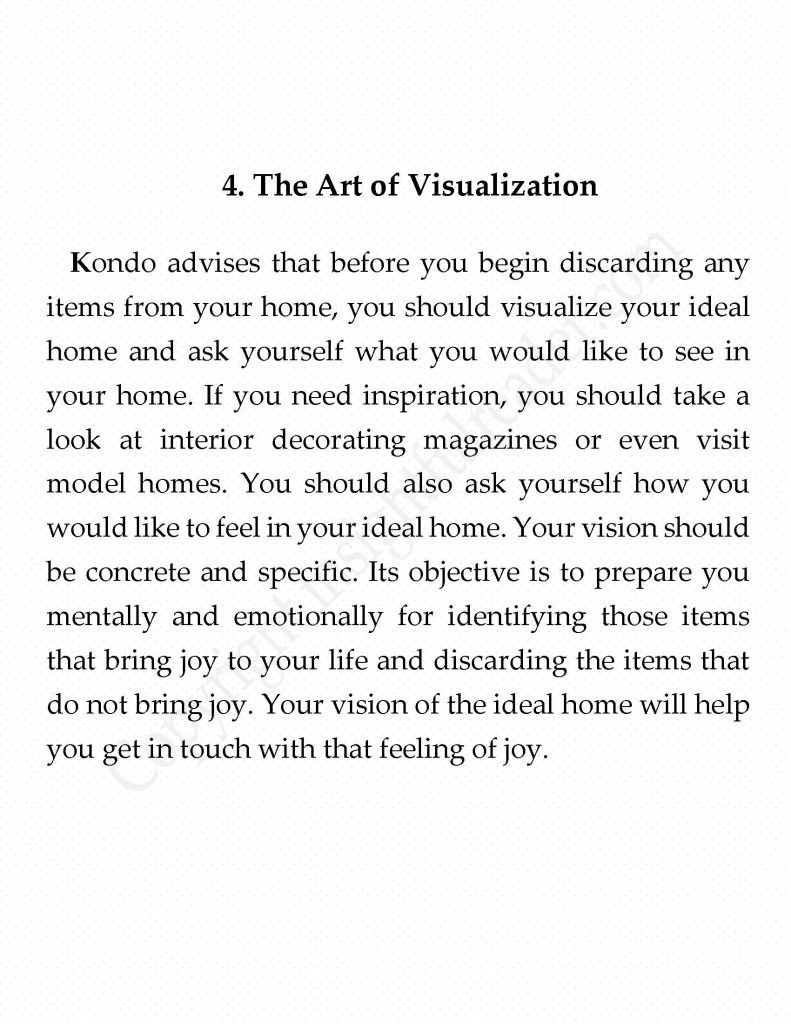
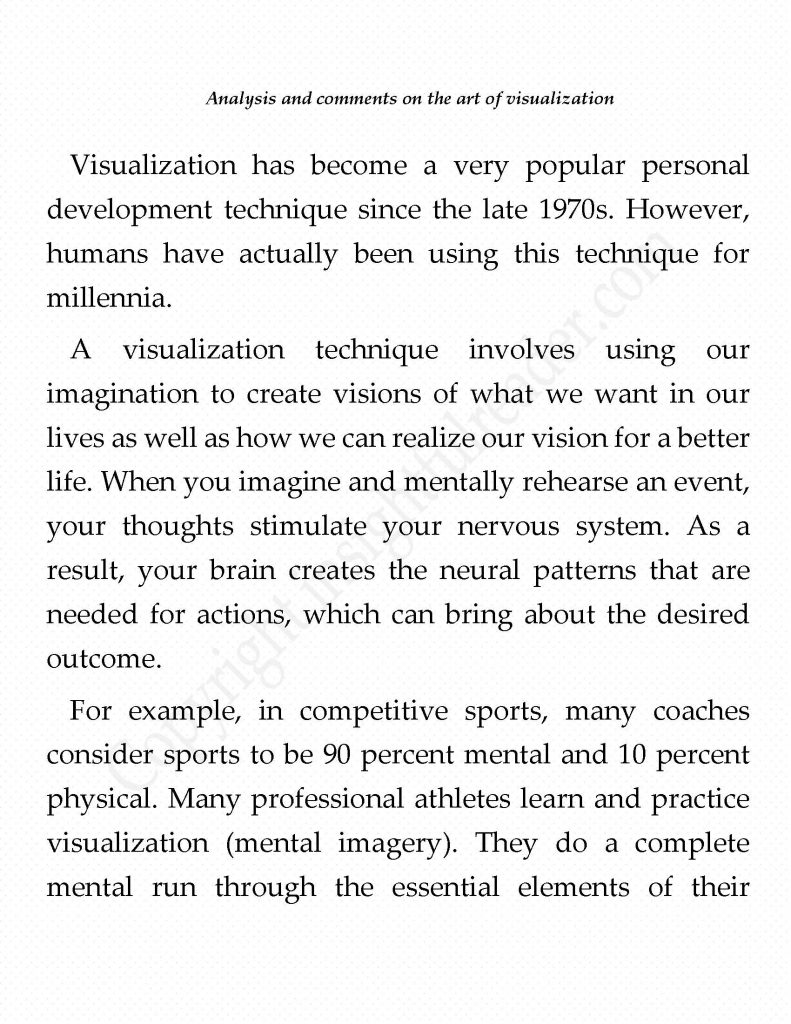

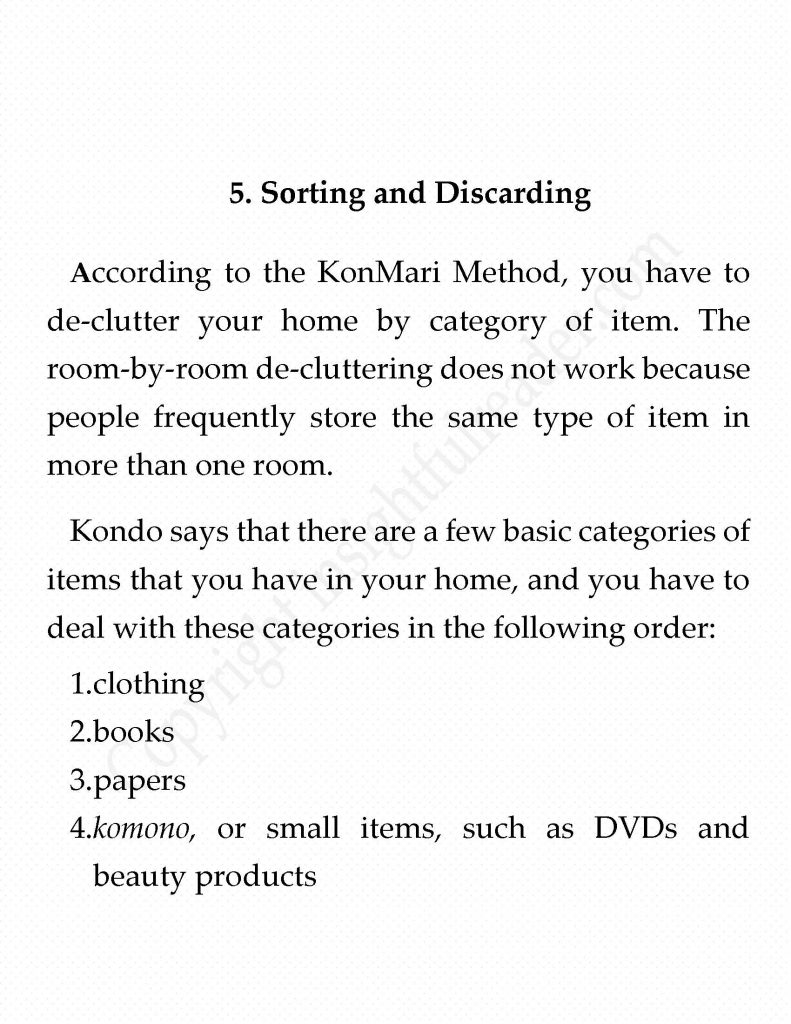
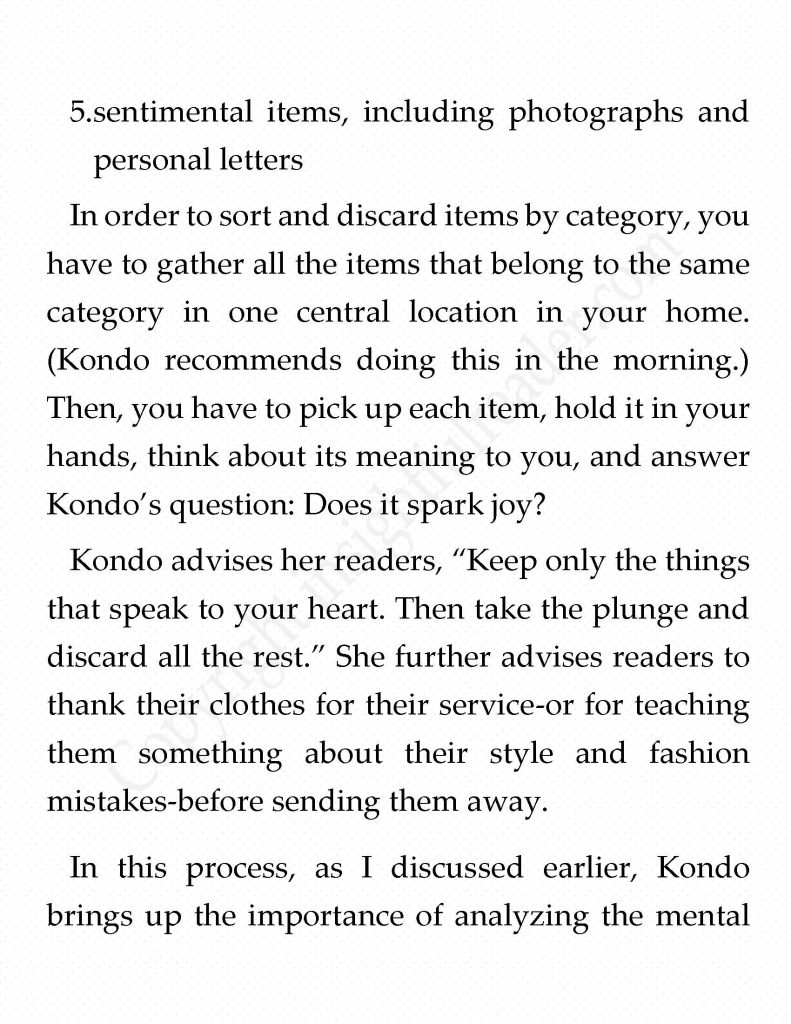
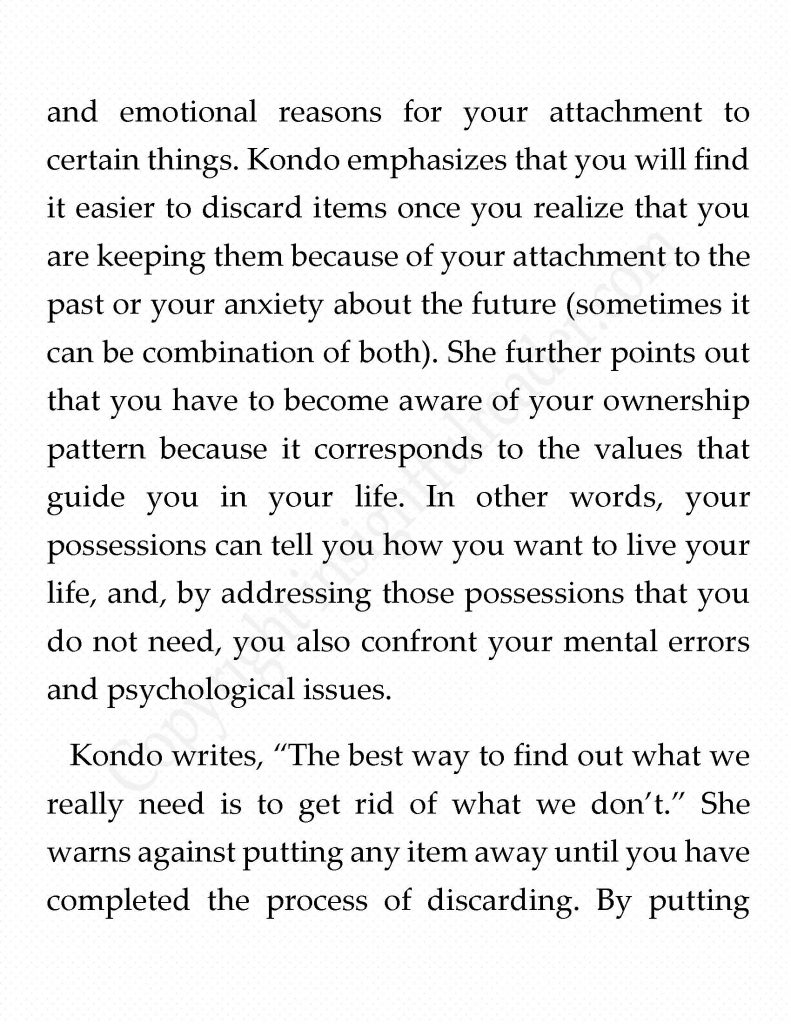
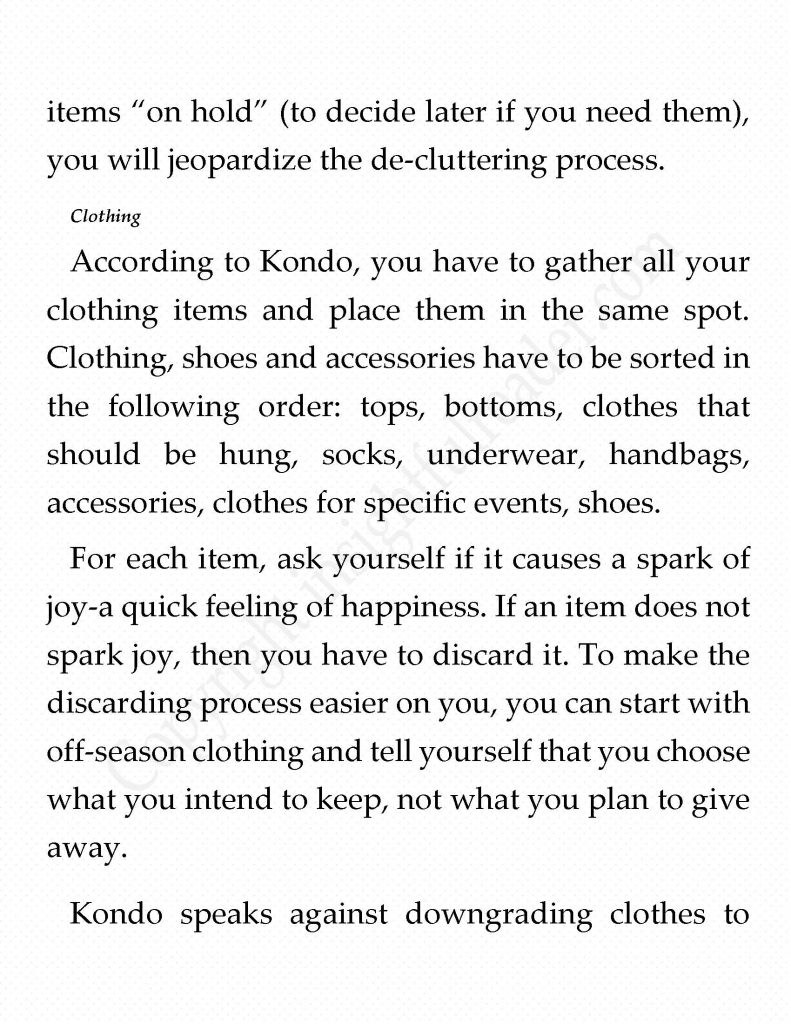
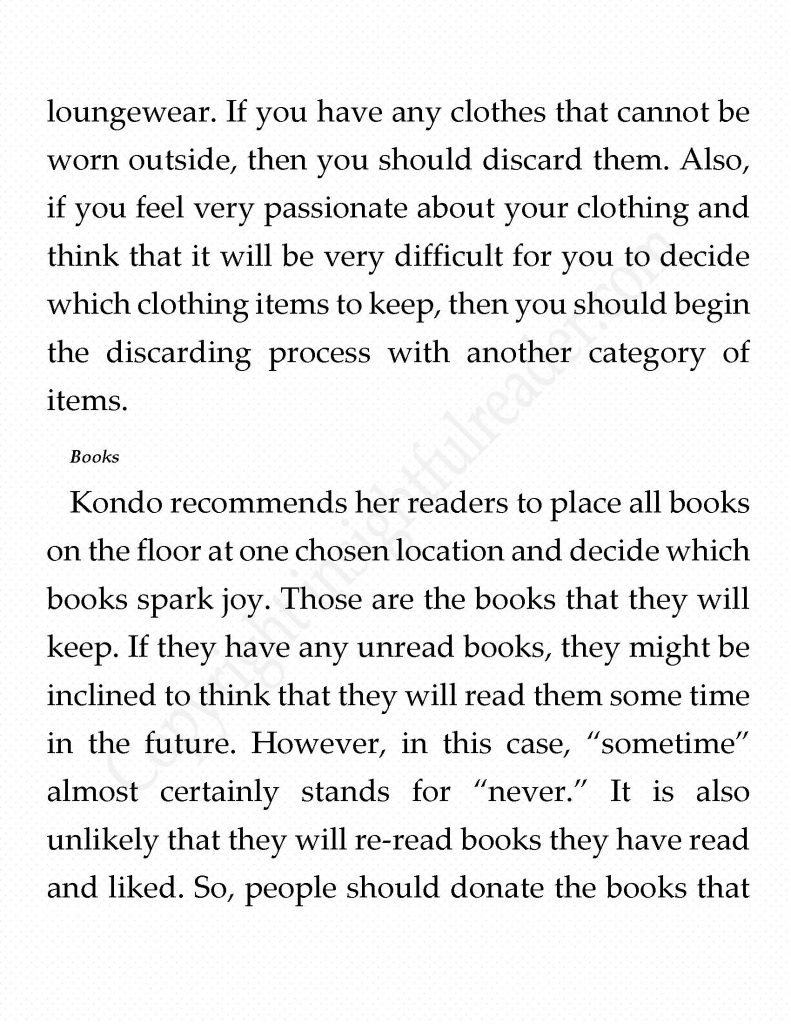
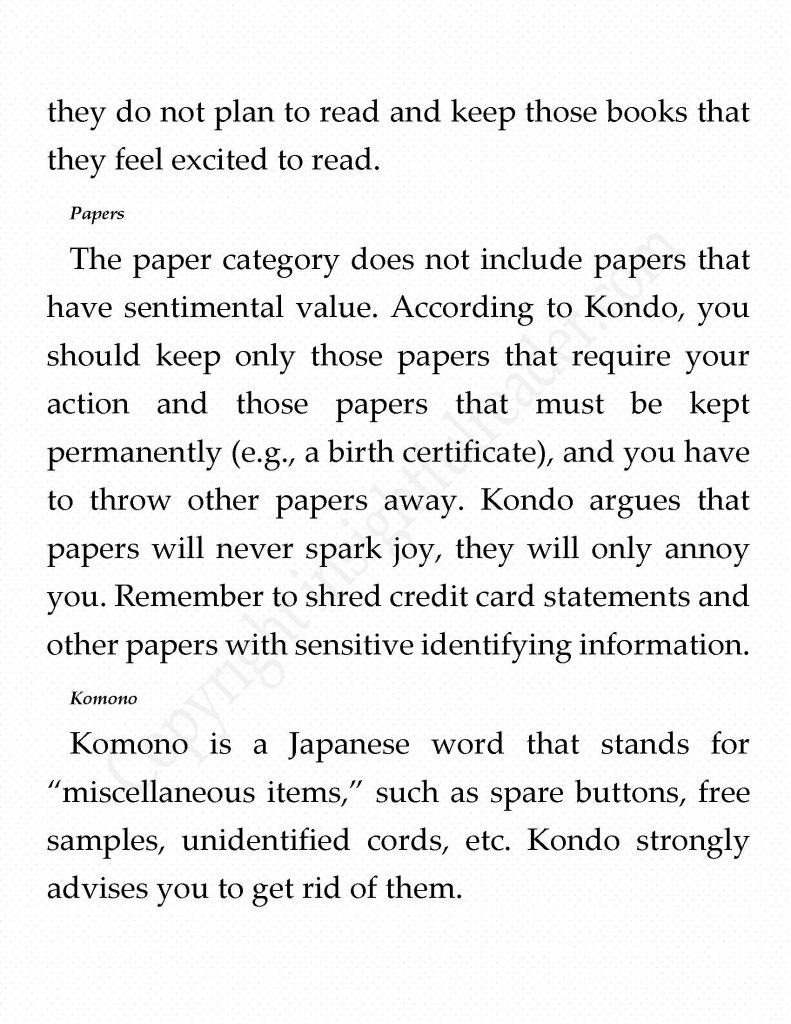
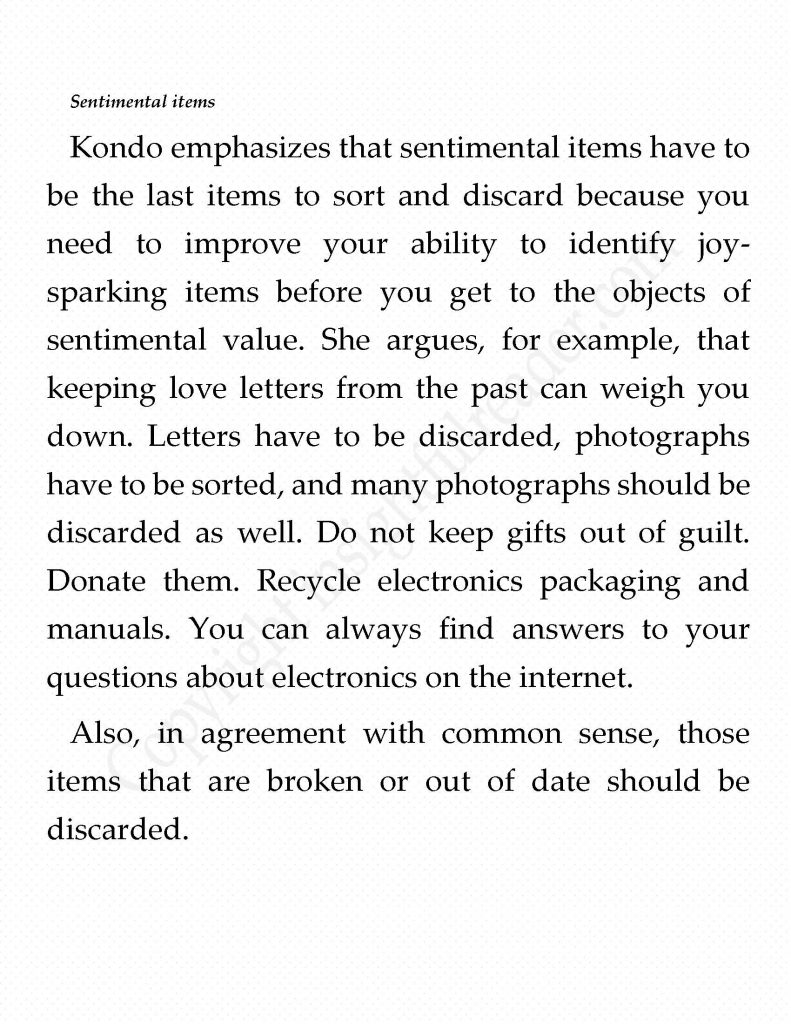
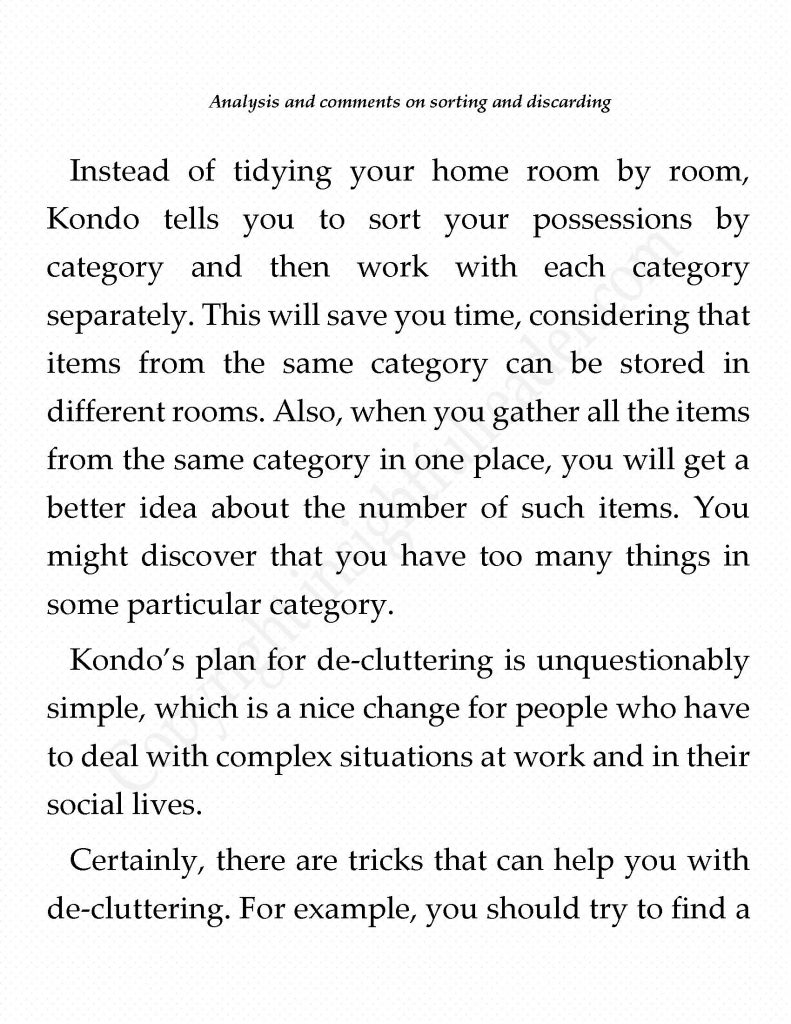
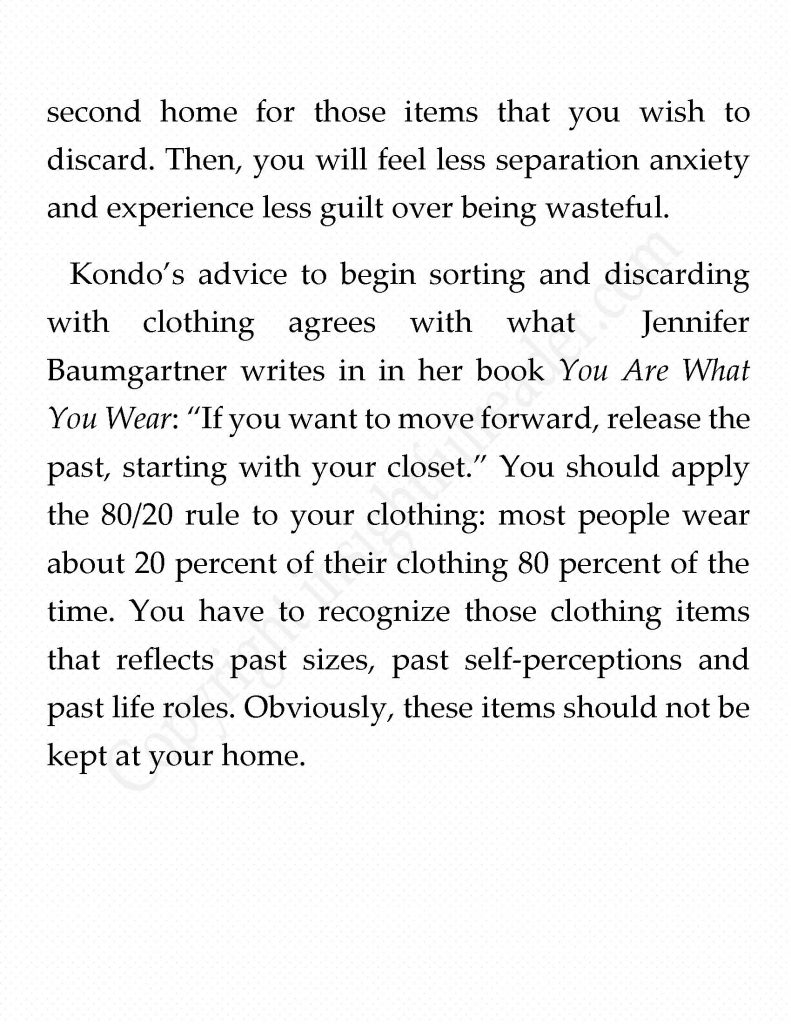
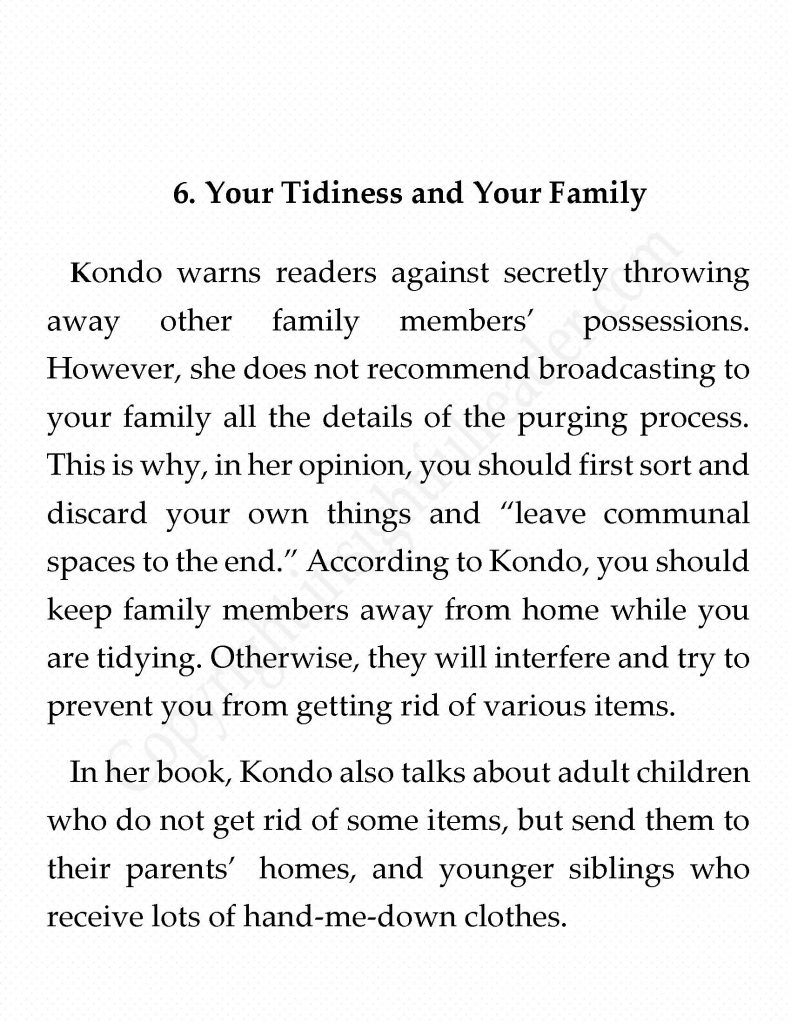
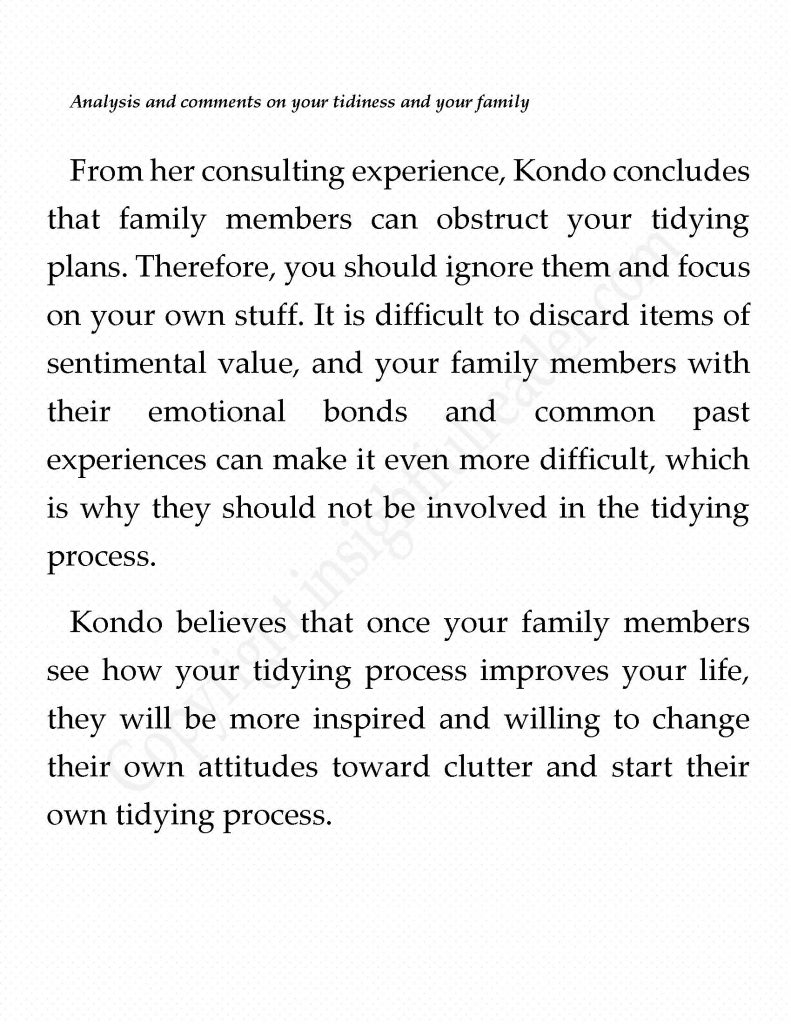
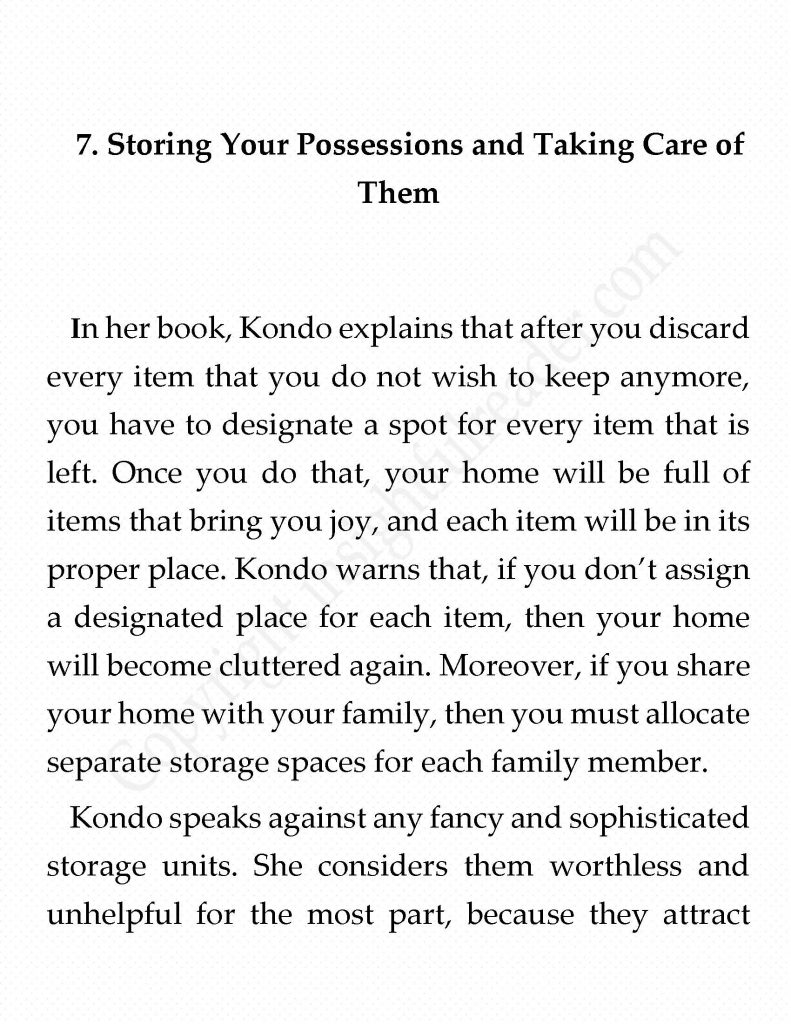
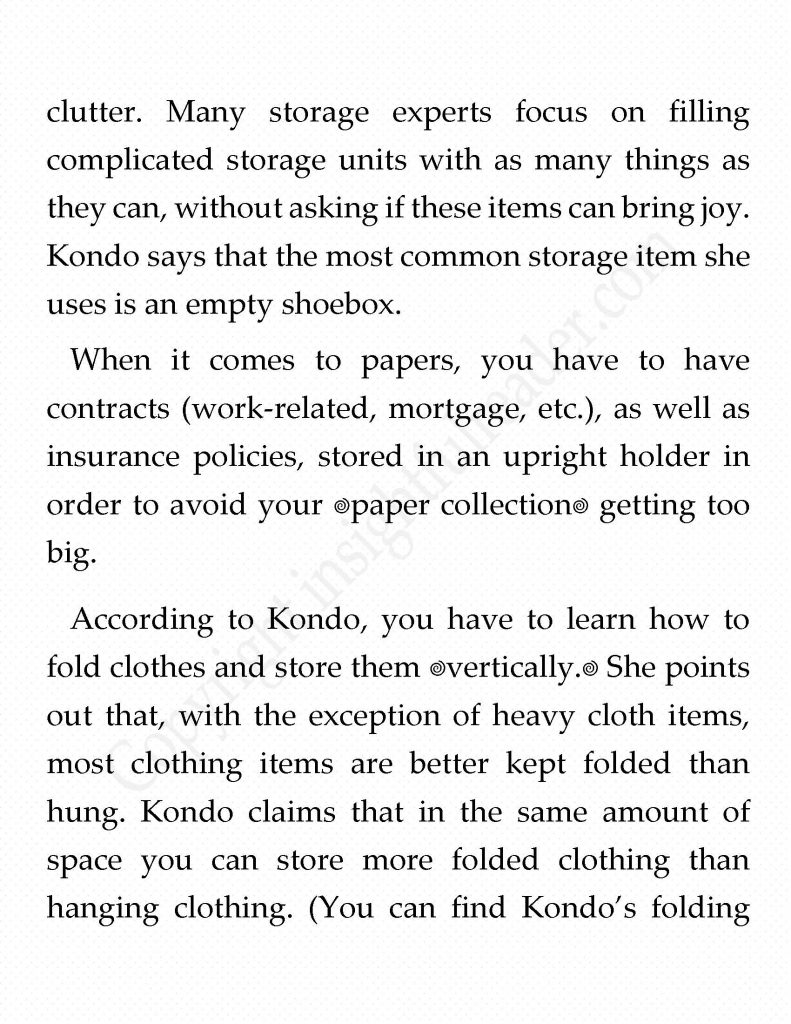
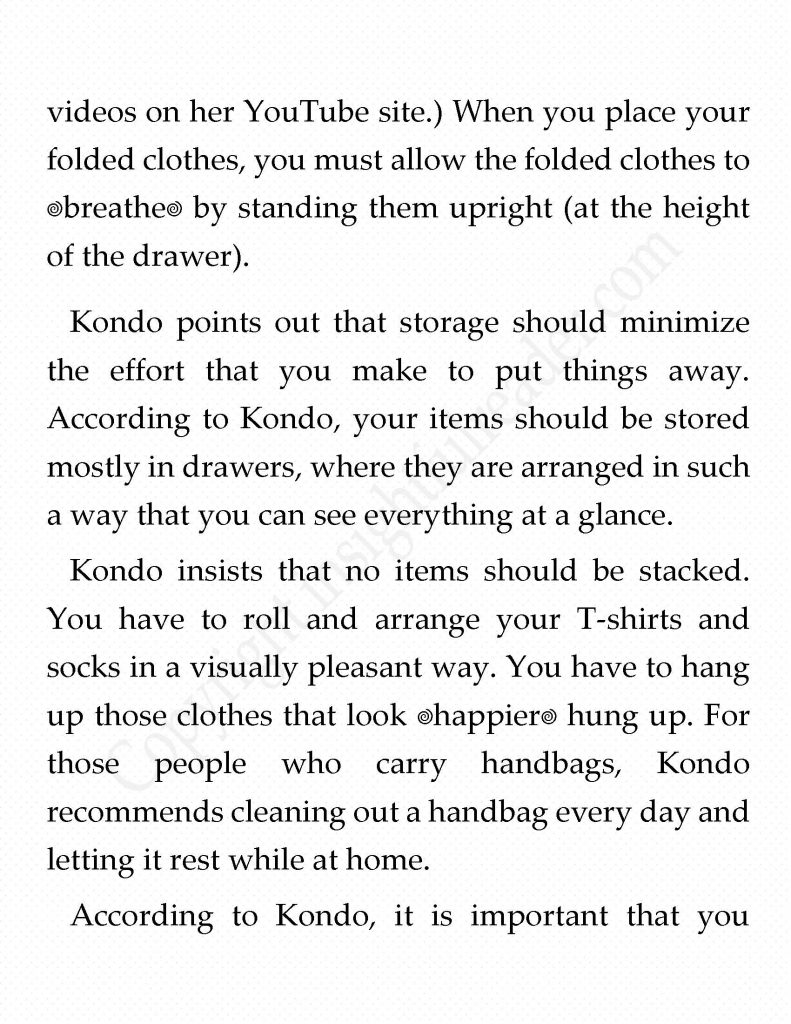
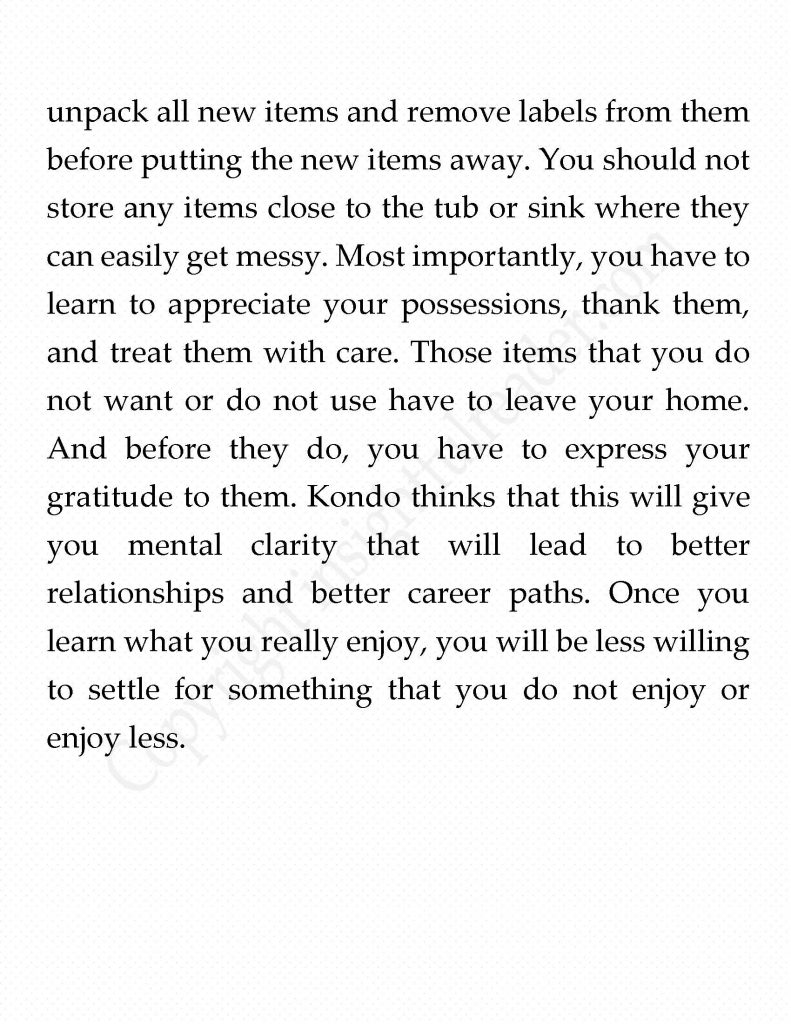
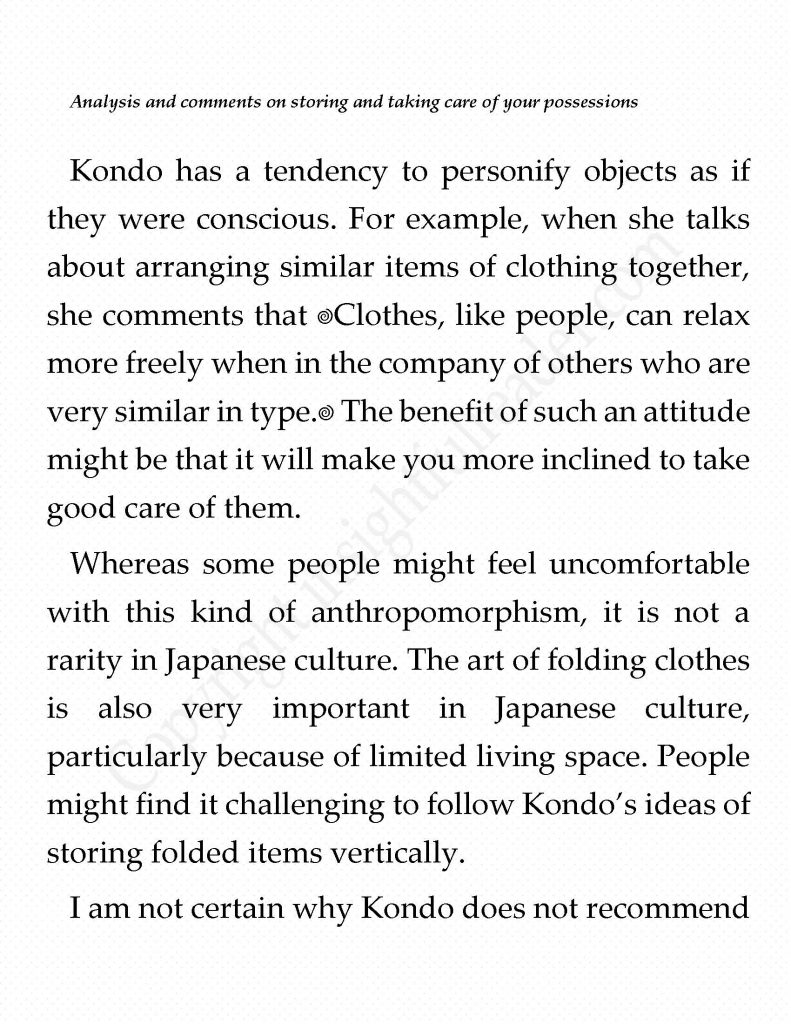
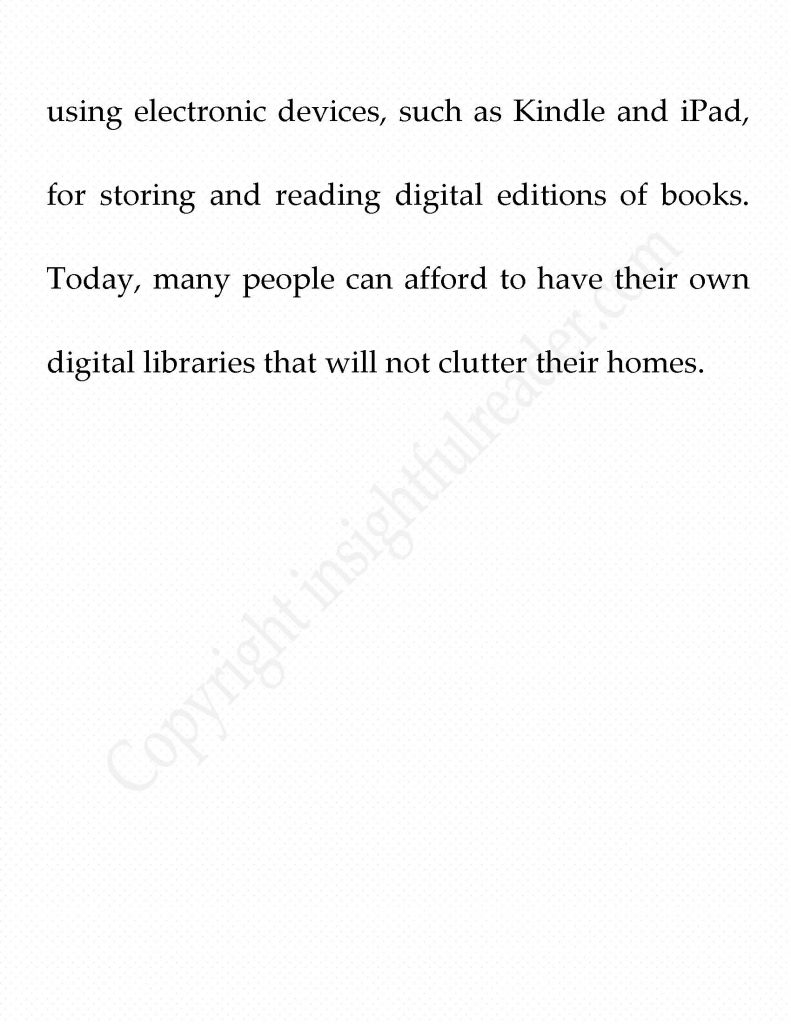
Related content
Dead Wake by Eric Larson
Clinton Cash
Promoted links from around the web
Dead Wake by Eric Larson
Clinton Cash
